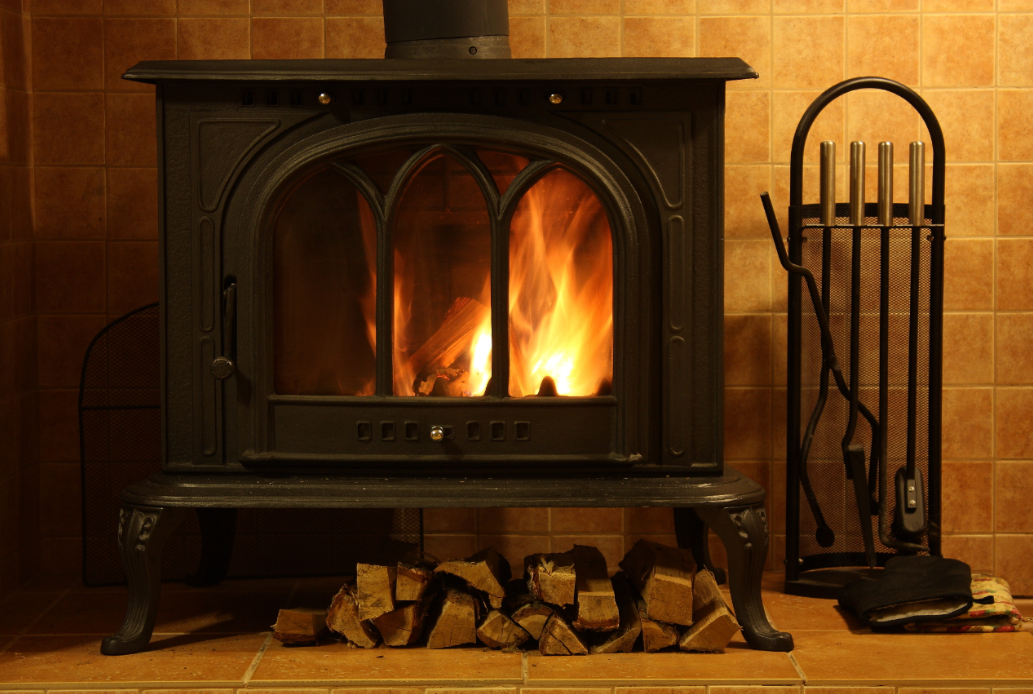
During the winter months, safe passage to and from your home isn’t just important, it’s crucial. Walking over snow-covered surfaces anywhere can be challenging and dangerous, but when you add in the element of stairs and gravity, and/or highly trafficked areas such as walkways, the risk for accidental falls increases significantly.
In fact, ice and snow are the leading causes of slip-and-fall accidents, and these accidents are the primary cause of spine and back injuries in the United States. Aside from preventing any potentially life-altering injuries, the peace of mind that comes from knowing that you can walk safely in and out of your home is well worth the effort of removing ice from steps and walkways.
While you may have had the best of intentions to keep on top of your snow removal efforts, it can accumulate and quickly turn into a dangerous icy safety hazard. Ice can also potentially cause damage to walkways and stairs when freeze-thaw cycles result in cracking and spalling of concrete surfaces. Once the ice has formed it needs to be addressed as soon as possible, as walking on snow that’s accumulated on top of it can contribute to the formation of black ice, literally adding another layer of risk to an already dangerous situation.
There are a few approaches to de-icing steps and walkways, and they vary in the degree of labor and maintenance required. We’ll begin with more labor-intensive strategies and conclude with the easiest, most efficient approach.
Mechanical Removal
Physically removing ice is best done when it hasn’t become too thick, however shoveling isn’t recommended as an initial approach because it can contribute to black ice formation if done at the wrong time of day, as well as result in damage to underlying surfaces. Removing accumulated ice requires either loosening it first with hot water and or breaking it up with a pick. Once ice becomes slush it can then be scooped away with a shovel.
Going this route involves being out in cold temperatures, risking injury due to slipping or temperature-related health hazards such as hypothermia, and having to “put your back into it” to get results. Depending on the size of the area you’re addressing, this could also be a time-consuming way to go.
De-icers
De-icing products are in common use and there is a variety of options to choose from.
Rock Salt
Rock salt is one of the most commonly used materials for de-icing. It’s fairly inexpensive and does its job when it comes to melting ice. Unfortunately, using it comes with several problems. These include:
- Damage to landscaping and plants from runoff
- Damage to concrete
- Health risks to pets
- Health risks to people
Chemical De-icers
There are several options for chemical de-icers, including calcium, magnesium and potassium chlorides; urea; calcium-magnesium acetate, and liquid potassium-acetate. While these are a better alternative to rock salt, they vary regarding their effects on the immediate environment and their efficiency for melting ice.
Eco-Friendly Options
Alfalfa meal, coffee grounds, and sugar beet juice are three examples of “green” methods of de-icing. While these options definitely won’t harm your plants and landscaping and might even benefit them, they do run the risk of being a mess to deal with once the ice has melted, including staining and pest-attracting residue.
While effective, all of these de-icing methods have their drawbacks. Specifically, they all need to be scattered, which can be challenging during cold weather particularly if there’s a large area to be covered. As well, they require maintenance and periodic re-dispersal and may present a nuisance or even potential damage to your home.
Heated Stair and Outdoor Mats
This option for de-icing is by far the easiest and most efficient, and these mats come in a variety of sizes including some designed specifically for stairs. Heated mats have the following benefits:
- After plugging them in and putting them down, no further setup or maintenance is required. They can be used with automated snow or temperature sensing controllers to turn the mats on, or can be connected to an outlet wired to an indoor light switch for an easy “on and off” from inside your home.
- They’re extremely durable and designed to remain out-of-doors all winter long.
- These mats have treads, providing increased safety on walking surfaces.
- They’re energy efficient and cost about $1 per day to run.
- This is an environmentally sound and generally safe option. There won’t be any lasting effects on surrounding plants or water sources, harm to pets, or dangers to the people using them.
If you live in a cold climate, ice and snow are inevitable winter hazards. The best method for eliminating them is the one that lets you “set and forget” so you can be sure that the areas around your home will be hazard-free.


